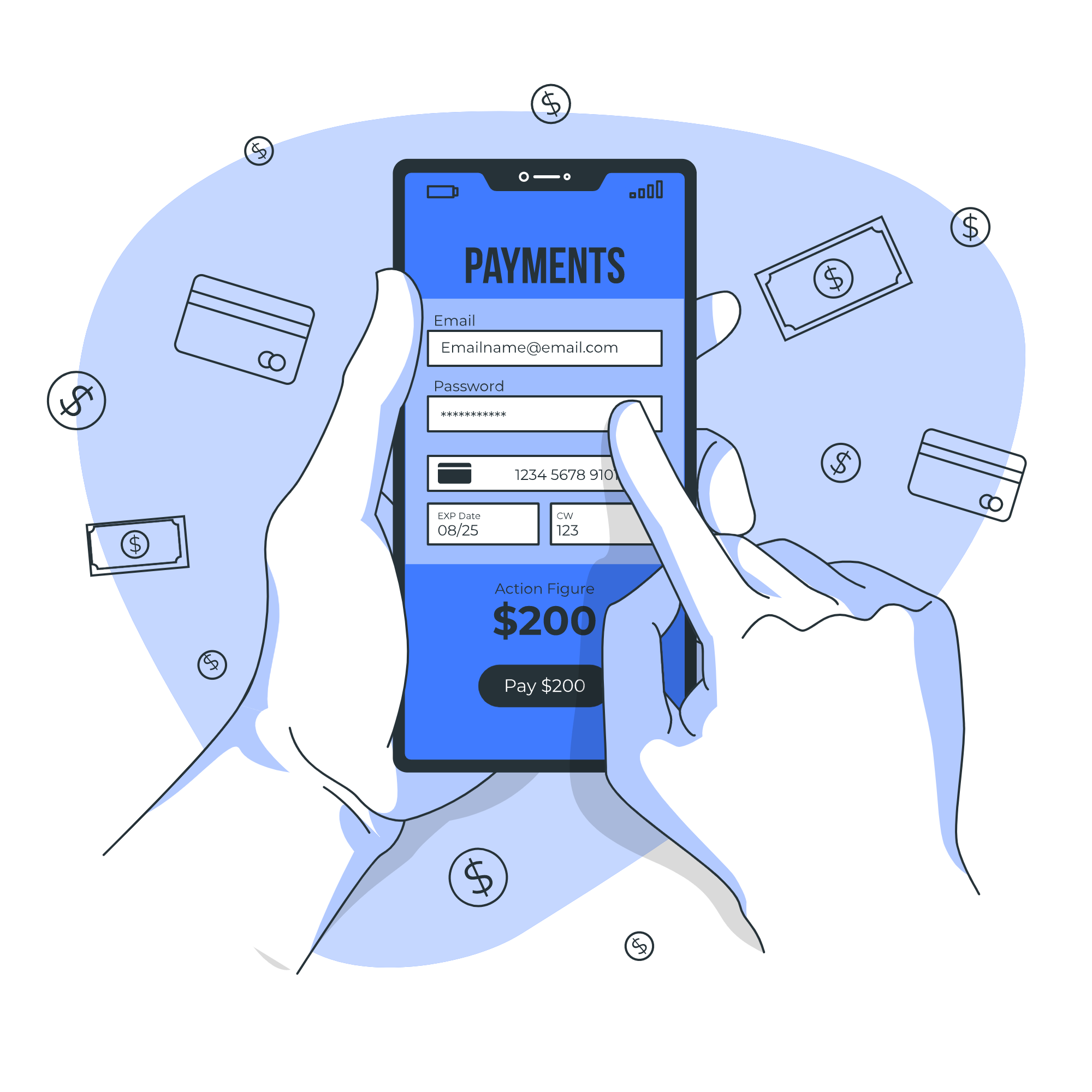In the present day, markets have become global and have been segmented based on the preferences of consumers. With this, products have also reached a point of standardization where finished goods are manufactured at one place and sold across the globe. In order to understand these international currencies, it is essential to first understand what exchange rates mean.
Let’s take a look at what an exchange rate is and how you can convert GBP to KES using this useful guide.
The conversion rate for any currency is the value of that currency relative to another currency. It is usually expressed as the ratio between two currencies; for example, “1 GBP = 2.1025 KES” or “1 KES = 0.0011 GBP”.
Get the latest exchange rates and conversion factors instantly with our handy conversion calculator. You can convert any amount from British pounds to Kenyan shilling and vice versa. It’s quick, easy, and free! The British pound to Kenyan shilling conversion calculator above lets you get accurate results with a few simple steps.
Factors affecting currency exchange rates
Currency exchange rates are volatile, and they fluctuate daily. They also differ between various currencies due to differences in interest rates, economies, trade policies, and political risk. Understanding these factors can help you make informed decisions about when to buy or sell a specific currency. If you want to know more about currency exchange rates, read on. This article covers the factors that affect currency exchange rates and how you can use this knowledge to your advantage as an investor.
What is a Currency Exchange Rate?
A currency exchange rate is a rate at which one currency can be exchanged for another. This rate fluctuates over time and is determined by supply and demand. It is important to understand that currency exchange rates represent the price of one currency in terms of another. A simple example would be, if the British pound (GBP) exchange rate against the Kenya Shilling (KES) is 1.2, it means you can buy one KES for 1.2 British pounds. Exchange rates are expressed as a number and two currencies are usually quoted as four significant figures.
Central Bank Policies and Exchange Rates
Central banks are responsible for controlling monetary policy in their respective countries. While monetary policy affects many economic factors, it has a direct impact on exchange rates. For example, a tightening of monetary policy in the U.S. would likely lead to a strengthening of the U.S. dollar. This would happen because interest rates in the U.S. would rise as the Federal Reserve attempts to slow down the economy with higher interest rates. If interest rates in the U.S. increase, investors will look to invest in U.S. government bonds. They will do so instead of investing in bonds of other countries that pay a lower interest rate.
Economic Factors that Affect Currency Exchange Rates
Currency exchange rates are affected by many different economic factors. In general, if the economy is strong in one country, the currency of that country will be worth more than it would otherwise be. If the economy of a country is weak, its currency will be worth less than it would otherwise be.
Trade Policies That Affect Currency Exchange Rates
Trade policies are used by countries to increase or decrease the number of goods and services that are imported and exported. While these policies often have a direct impact on an economy, they also have an indirect impact on currency exchange rates. For example, the U.S. government imposes strict tariffs on goods imported from Mexico. As a result, the Mexican peso is worth less in terms of U.S. dollars than it would be without these tariffs.
Political Risk and Currency Exchange Rates
Currency exchange rates are also affected by political risk. Political risk is the risk that an investor will lose money due to changes in government policies or actions. If a country’s political risk is low, investors will put more money into that country. They will do so by buying that country’s stocks, bonds, and other assets. This will cause the value of that country’s currency to increase.
Summing up
Although many factors affect an exchange rate, they can be broken down into two main categories: economic factors and political risk. When it comes to exchange rates, the general rule is that a strong economy will lead to a stronger currency, and a weak economy will lead to a weaker currency. At the same time, a country that is politically stable will have a stronger currency than a country that is experiencing political turmoil.
















